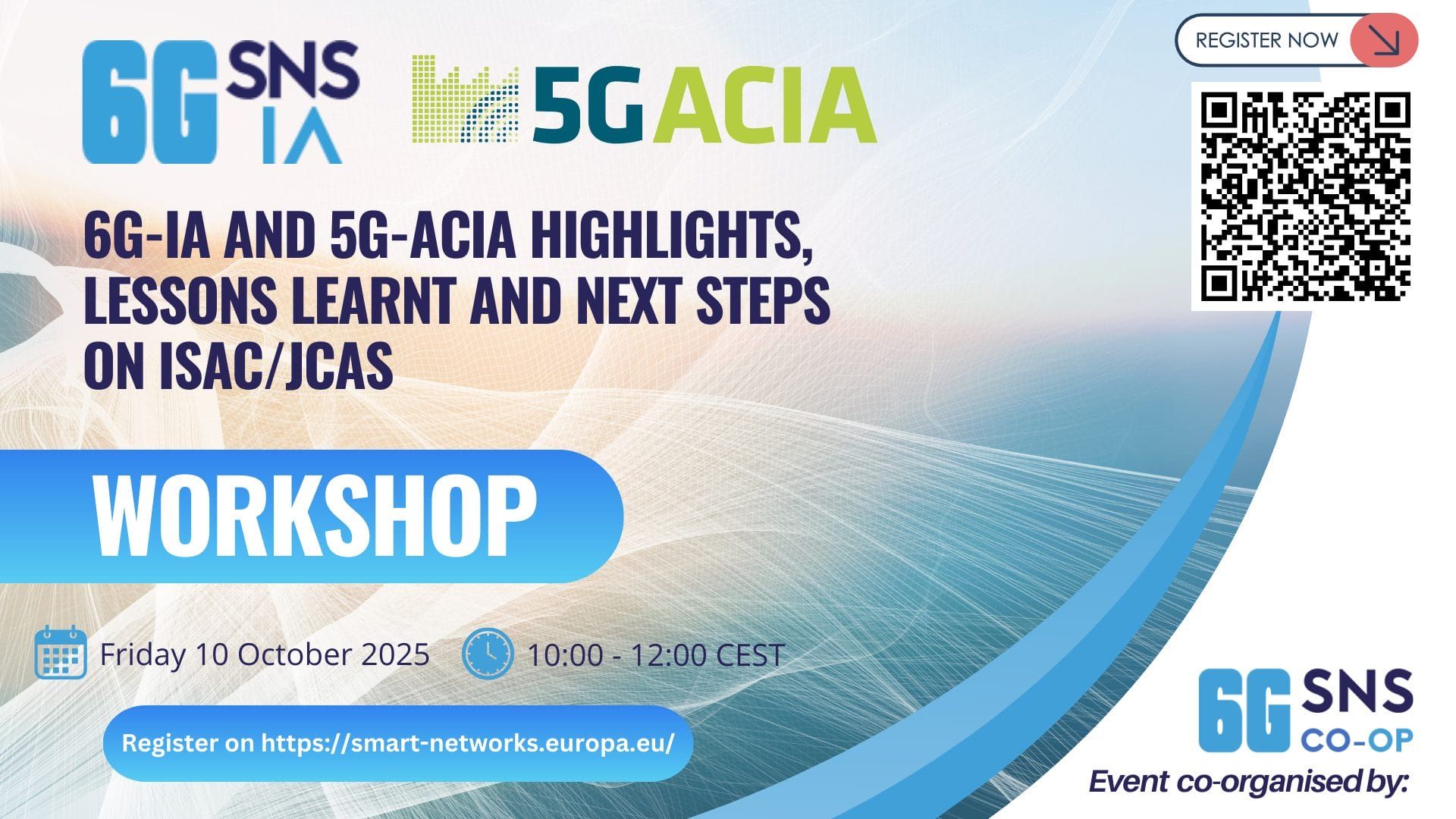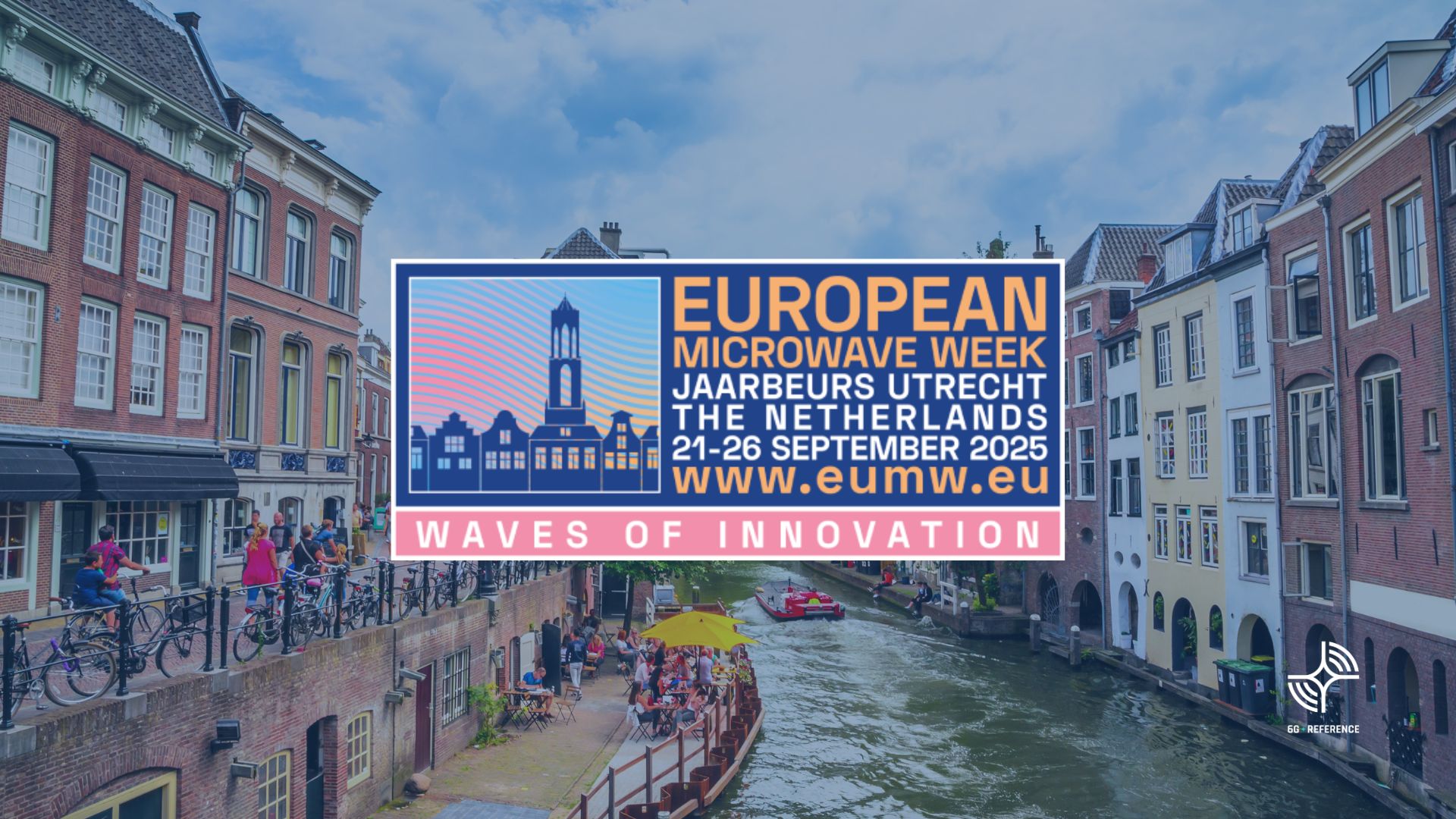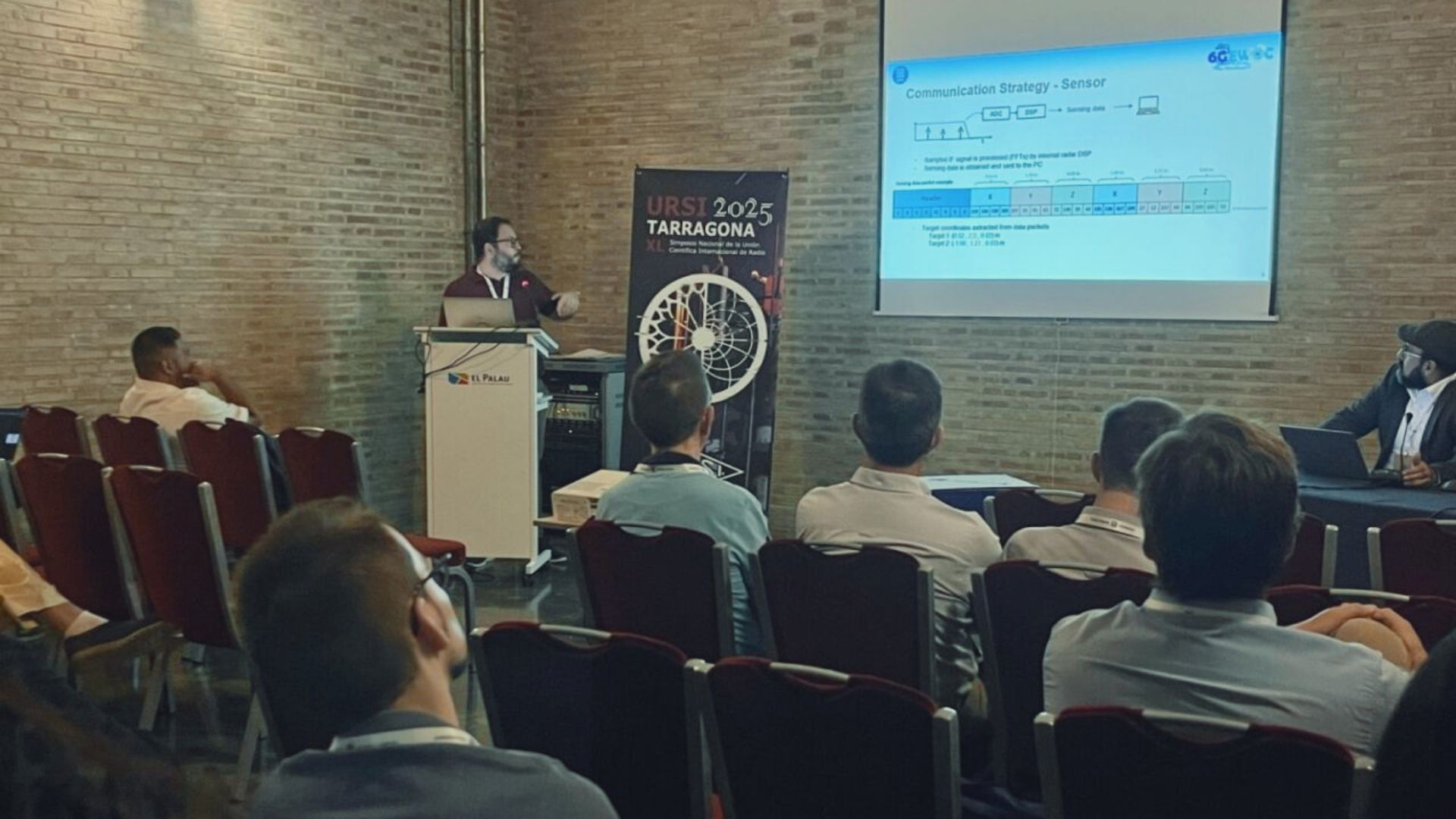
6G Hardware Enablers for Cell Free Coherent
Communications and Sensing

6G-REFERENCE envisions a future where urban areas are equipped with sustainable solutions
that can cope with the ever-increasing traffic demands and population densification, while
providing disruptive capabilities like the materialization of the internet of sense.
6G-REFERENCE will:
DEVELOP
Develop integrated circuit and antenna component solutions, including dynamic frequency filtering and modulated radiation, to enable efficient spectrum coexistence schemes.
DEVELOP
Develop integrated circuit and antenna component solutions, including dynamic frequency filtering and modulated radiation, to enable efficient spectrum coexistence schemes.
DEPLOY
Deploy practical hardware enablers in terms of low complexity, cost and power consumption that could end up constituting a reference design for future 6G-distributed radios.
DEPLOY
Deploy practical hardware enablers in terms of low complexity, cost and power consumption that could end up constituting a reference design for future 6G-distributed radios.
Objectives
6G-REFERENCE will develop hardware enablers constituting a reference design of distributed
radios for a cell-free communication and sensing system operating in the 10-15 GHz range.
The project targets low complexity and low power, in other words, practical integrated circuits
(IC) and antenna systems for 6G applications. It aims at enabling new functionalities addressing D-MIMO communication scenarios but extended to support distributed sensing and accurate localization and positioning.
Objectives
6G-REFERENCE will develop hardware enablers constituting a reference design of distributed
radios for a cell-free communication and sensing system operating in the 10-15 GHz range.
The project targets low complexity and low power, in other words, practical integrated circuits
(IC) and antenna systems for 6G applications. It aims at enabling new functionalities addressing D-MIMO communication scenarios but extended to support distributed sensing and accurate localization and positioning.
Challenges

Accurate
synchronization
among distributed
radio units (cell-free
deployments)

Fronthaul data distribution

Integration of sensing capabilities

Low complexity/cost/
consumption radios

Coexistence with
other services
Methodology

Explore radio system
operation in the
10-15GHz range

Develop hardware
concepts and show
feasibility in CMOS

Use additive
manufacturing for
antenna arrays and
nanotechnology for
sensors
Subscribe to our Newsletter!



